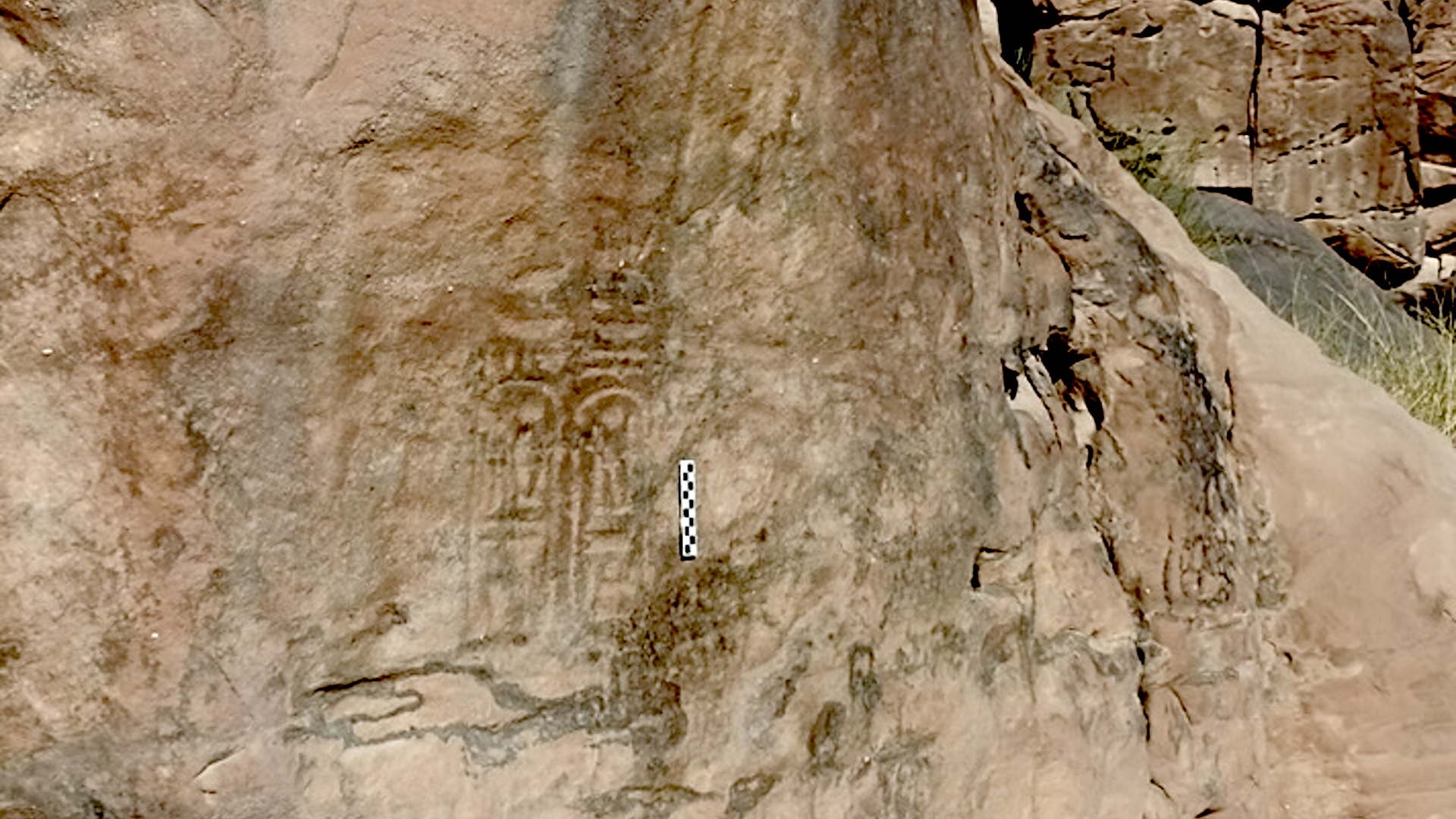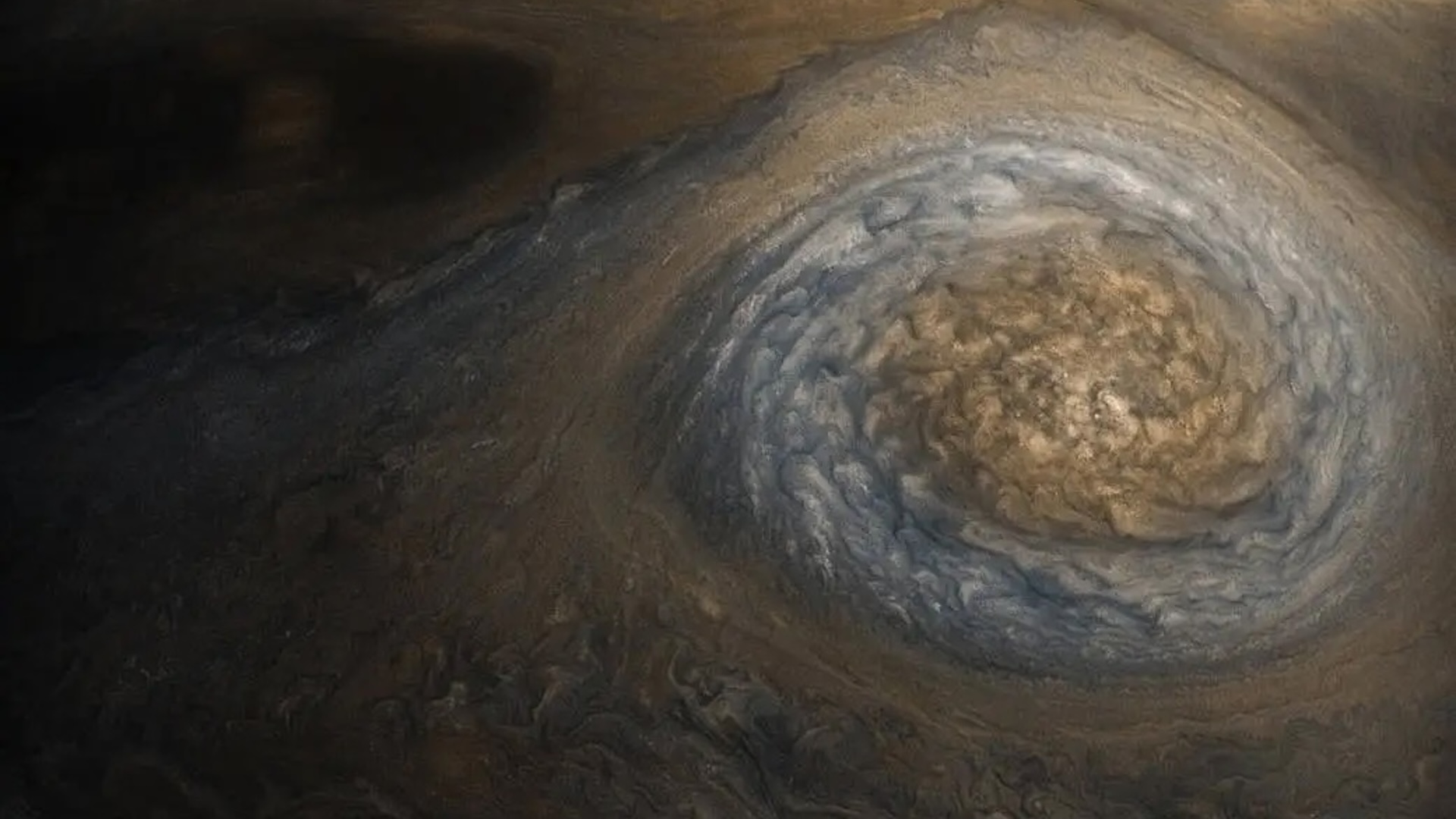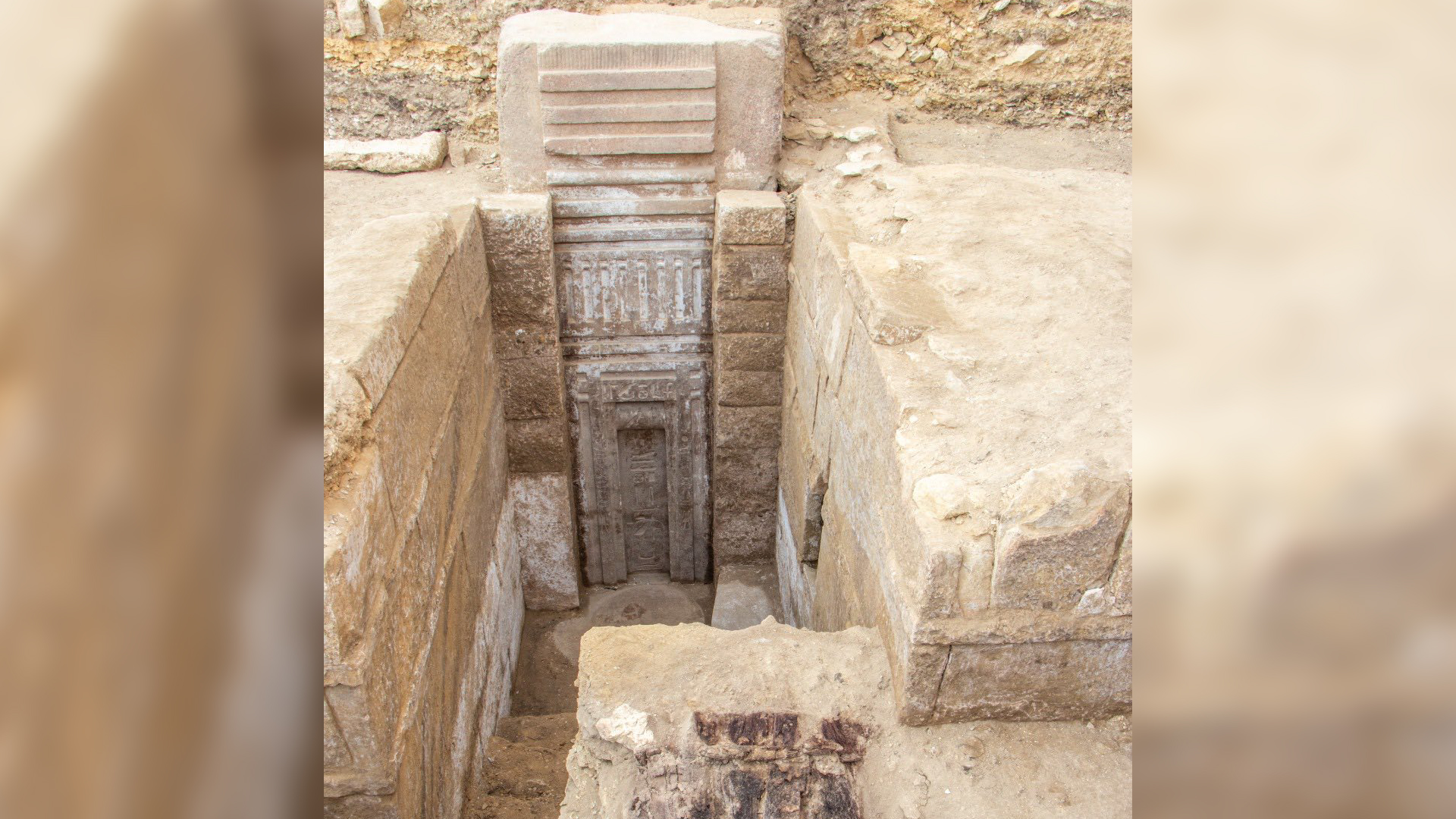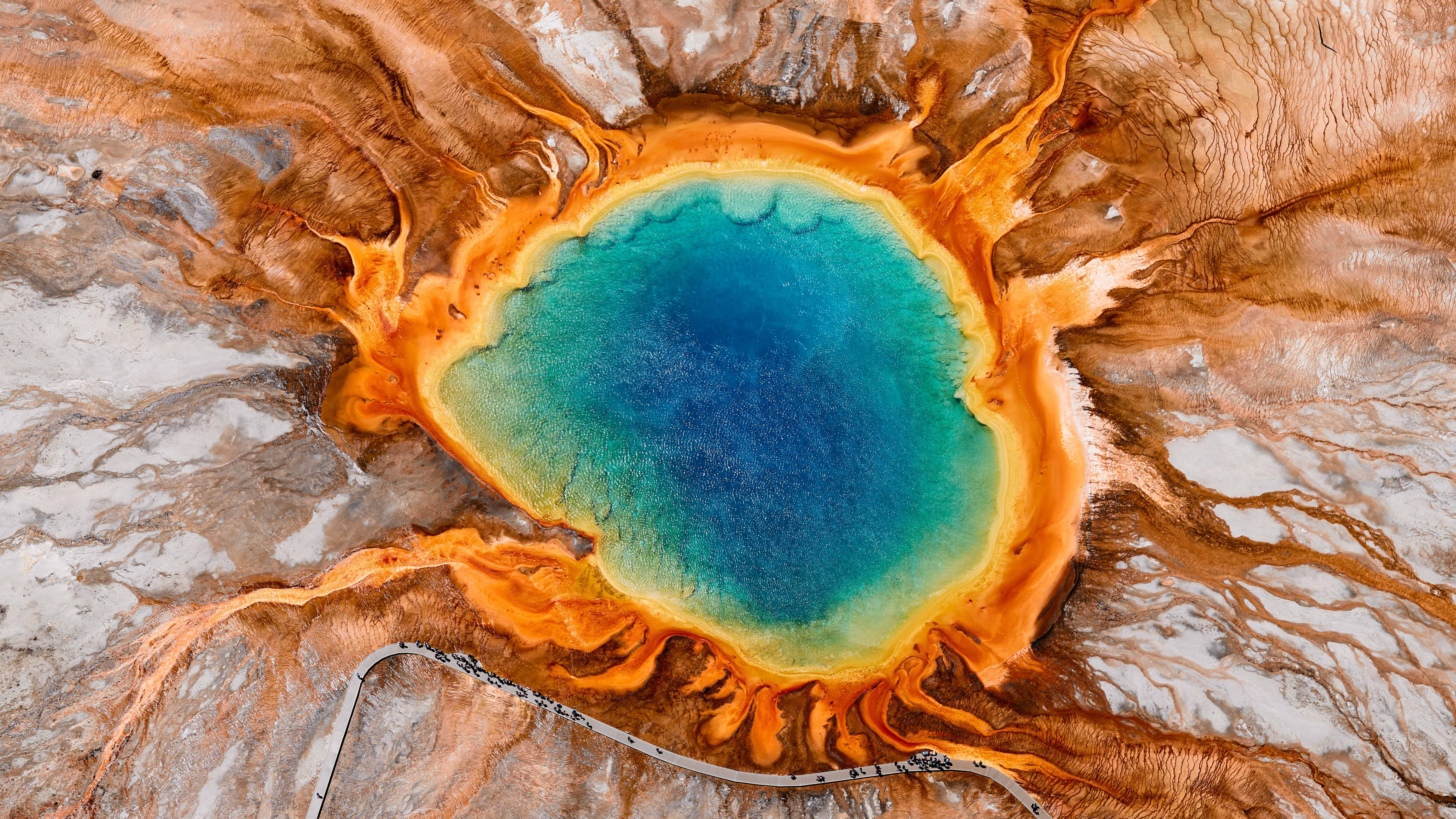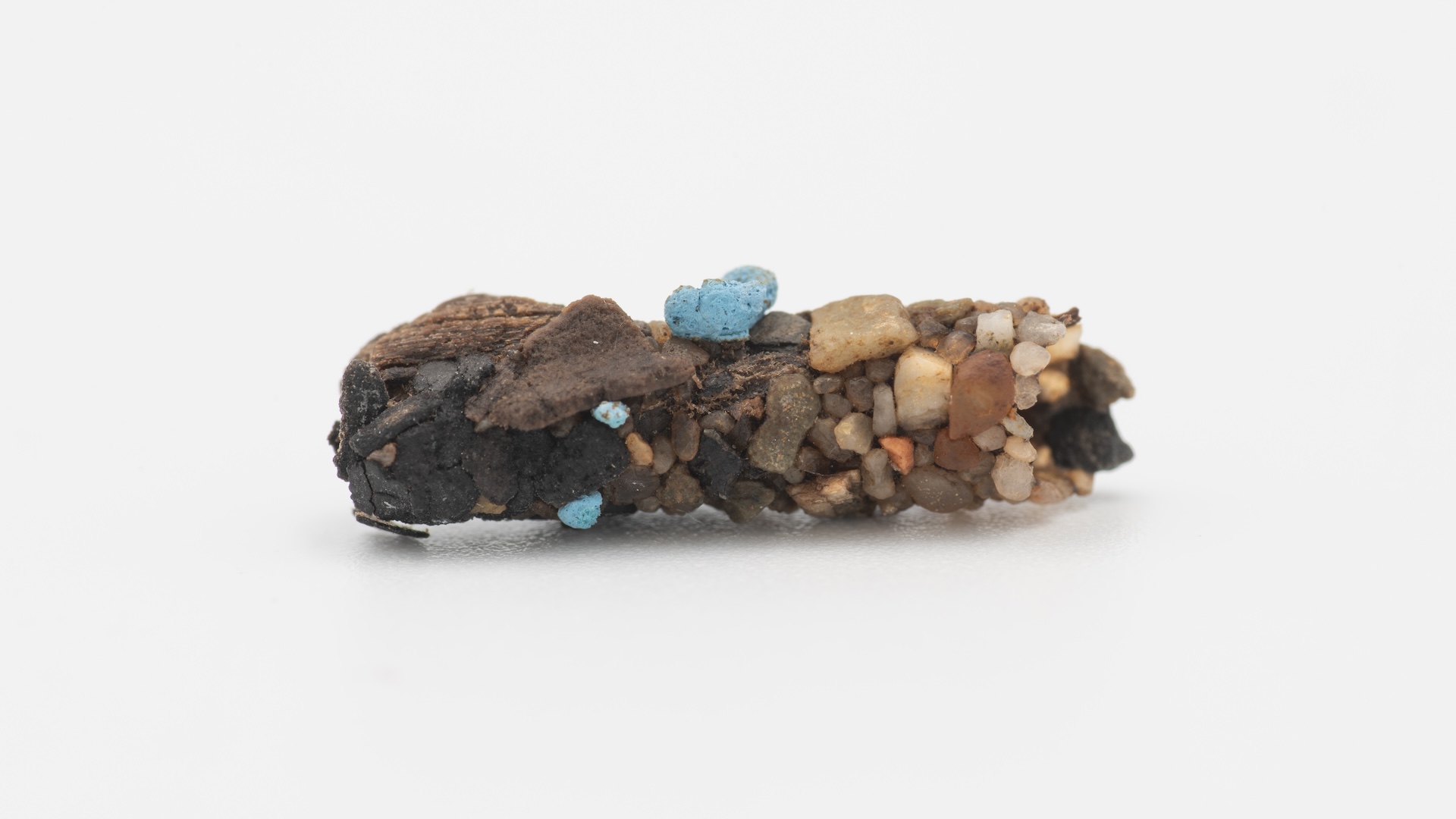What should you do if you find a cool artifact in the US?
Spotting artifacts in the U.S. is common, but archaeologists want you to leave them in place.
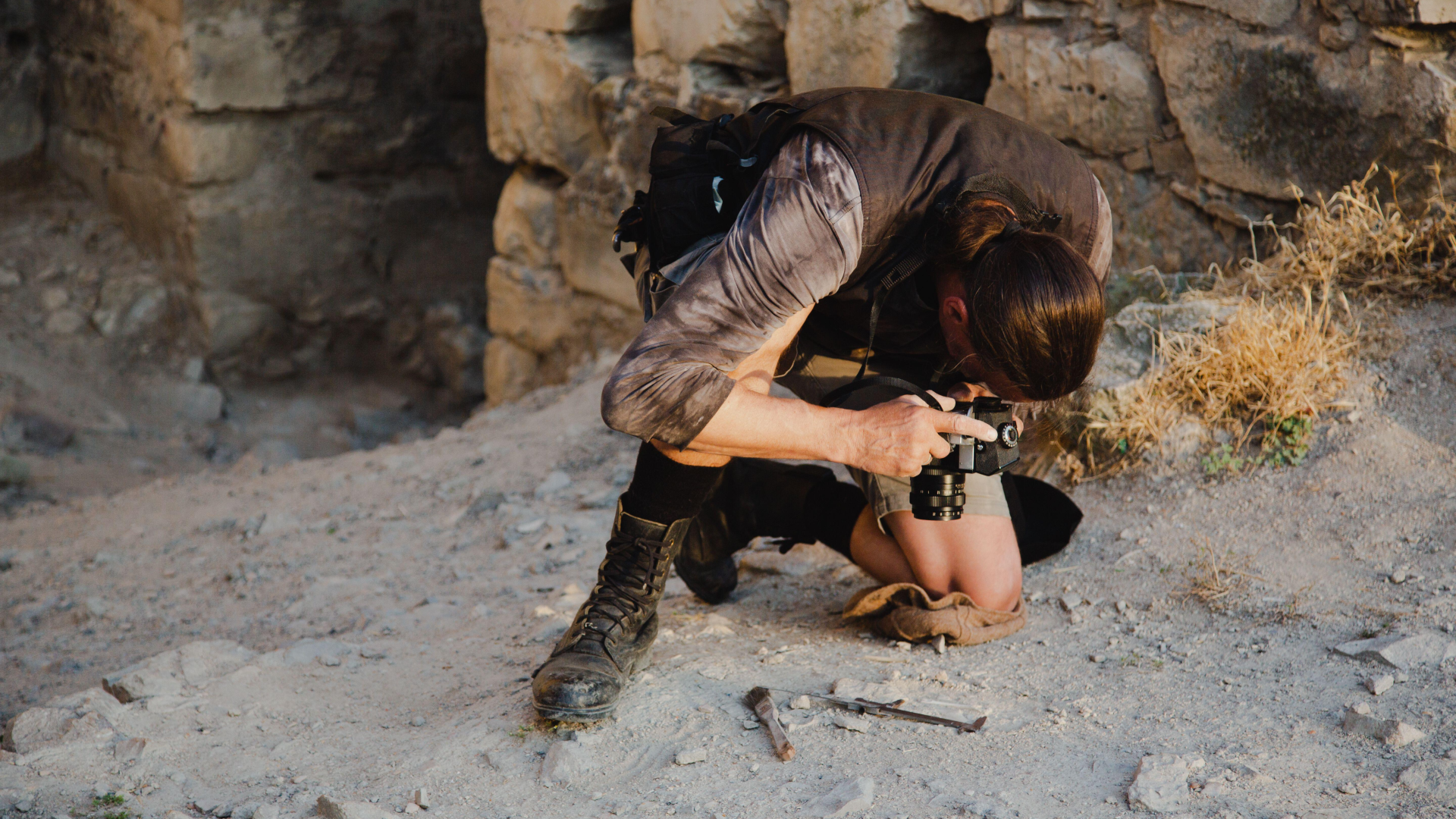
An unusual-looking rock catches your eye on a walk in the woods. Something glints near a cluster of shells on your dive off the coast. What should you do if you think the item is not just special but possibly an ancient artifact?
"Archaeologists would like you to leave it in place and take a photo," Elizabeth Reetz, director of strategic initiatives at the Iowa Office of the State Archaeologist, told Live Science, and then record where you found it. "With this information, you can reach out to your local state historic preservation officer to determine whether the artifact is from an existing archaeological site or a new one," Sarah E. Miller, regional director of the Florida Public Archaeology Network, told Live Science.
In the United States, there are numerous laws and regulations that protect archaeological sites and the country's cultural heritage both on land and underwater. Although these laws differ somewhat from state to state and depend on whether the artifact was found on public or private land, the safest thing to do is to leave it in place.
"If you're on public land, taking that object is illegal," Reetz said. Public land in the U.S. includes national parks, wildlife refuges, battlefields, seashores and historical sites. In this situation, both Reetz and Miller suggested taking a picture of the artifact with something for scale — such as a coin, pen or watch — and then telling a park ranger about the find. "It's very tempting to turn the object over to photograph the other side," Miller said, "but don't do it."
The reason for leaving the artifact in place comes down to what archaeologists call context, which means the artifact's location in the landscape and its relation to other objects.
Related: What's the earliest evidence of humans in the Americas?
"The context is what tells a story," Reetz said. "Think of your favorite storybook. Someone has ripped certain pages out of the book — now you're missing a huge piece of the overall story, and you can never get those pages back. That is similar to picking up an artifact and taking it out of its context without recording any of the information about where you found it."
Sign up for the Live Science daily newsletter now
Get the world’s most fascinating discoveries delivered straight to your inbox.
In the case of private land, if you have the landowner's permission, it is likely legal to collect the artifact, Reetz said. But archaeologists would still like to know contextual information about where the artifact was found in case it is a new site or a known site that is in danger of destruction from erosion, development or other factors.
Different laws apply to human bones. In Florida, for example, it is illegal to disturb human remains on any property type, whether public or private.
"If you think you found human remains, call local law enforcement," Miller said, "and they will handle logistics of communication from there." Recording the location on your phone is a good idea, and photos can also be helpful for the authorities. "If you take any photos of human remains, we recommend that you don't share them with the news media," Reetz said, "because that can be hurtful to the people who are related to that individual or to descendants of the people whose culture those remains came from."
Underwater or beach finds can also have different laws that protect them, depending on the location. In Iowa, for example, some rivers are public while others may be considered private land. And in Florida, even though state and federal jurisdiction extends several miles into the ocean or the gulf, some shipwrecks actually belong to other countries.
"If you're diving — take only pictures, leave only bubbles," Miller said. And if you can't take a photo underwater, describe what you see in your dive log; then share it with a park ranger or your state's historic preservation officer.
Archaeologists understand the thrill of finding something old, but the information the object can give them about the past is the most important aspect.
"If you want information on the value of something you've found, you are not in luck," Miller said. "No professional archaeologist in the country will give you a value." Buying, selling and valuing artifacts is against the code of ethics of many archaeological organizations, such as the Register of Professional Archaeologists, because those activities can lead to a destruction of history and to an increase in problematic black-market trade.
"When things on the ground catch your eye and don't match the nature around them," Miller said, "just stop for a moment and observe them — you are a witness to something no one else has seen."

Kristina Killgrove is a staff writer at Live Science with a focus on archaeology and paleoanthropology news. Her articles have also appeared in venues such as Forbes, Smithsonian, and Mental Floss. Killgrove holds postgraduate degrees in anthropology and classical archaeology and was formerly a university professor and researcher. She has received awards from the Society for American Archaeology and the American Anthropological Association for her science writing.
You must confirm your public display name before commenting
Please logout and then login again, you will then be prompted to enter your display name.
